Arbutus 'Marina' & more for circular driveway garden
oliveoyl3
10 years ago
Related Stories
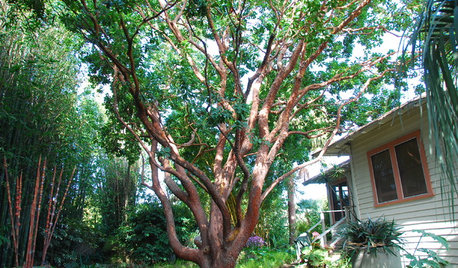
TREESGreat Design Plant: Arbutus 'Marina'
Twisted trunks and snazzy fruit bring wild, all-year beauty to the garden — just keep this small tree away from the lawn
Full Story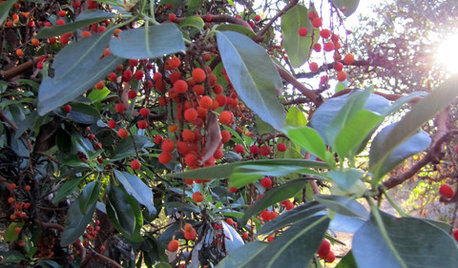
GARDENING GUIDESGreat Design Plant: Arbutus Menziesii
This drought-tolerant West Coast native tree thrives with minimal water in difficult garden spots
Full Story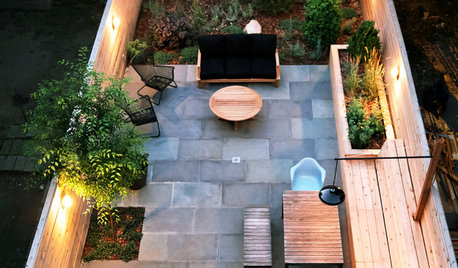
MOST POPULAR16 Ways to Get More From Your Small Backyard
Make a tight or awkward yard a real destination with these design tricks from the pros
Full Story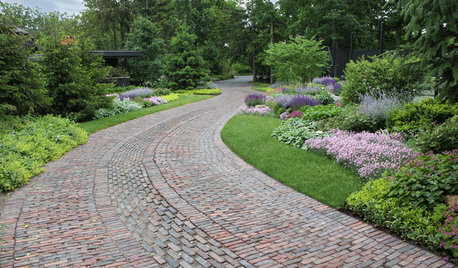
LANDSCAPE DESIGN6 Driveway Looks Take Landscapes Along for the Ride
See how to design a front yard that makes your driveway its own destination
Full Story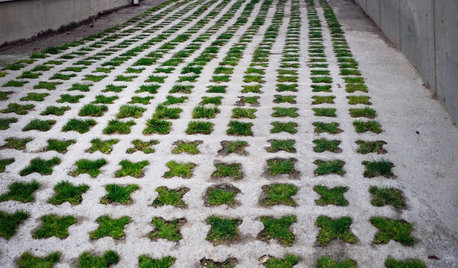
EARTH DAYHow to Build a Greener Driveway
Install a permeable driveway to keep pollutants out of water sources and groundwater levels balanced
Full Story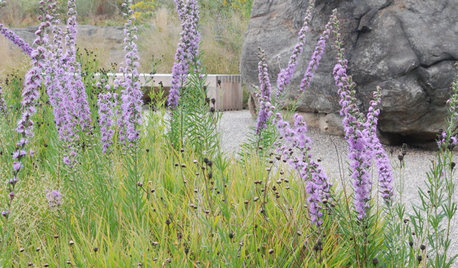
GARDENING GUIDESGreat Design Plant: Liatris Aspera
Tall blazing star’s unique flower spikes bring butterflies and bees to eastern U.S. gardens in early autumn
Full Story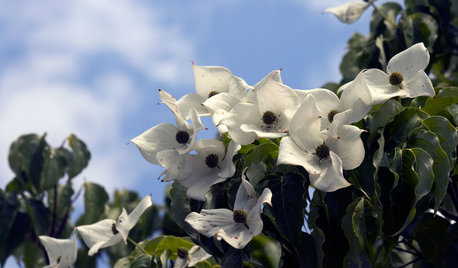
GARDENING GUIDESGreat Design Plant: Kousa Dogwood
This four-season landscape star offers lovely pink bracts, bumpy summer berries and more
Full Story
GARDENING GUIDES5 Best-Behaved Trees to Grace a Patio
Big enough for shade but small enough for easy care, these amiable trees mind their manners in a modest outdoor space
Full Story
GARDENING GUIDESGreat Design Plant: Silphium Perfoliatum Pleases Wildlife
Cup plant provides structure, cover, food and water to help attract and sustain wildlife in the eastern North American garden
Full Story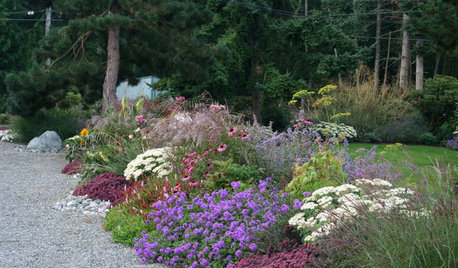
MOST POPULARHow to Design a Colorful Flower Bed
Fall planting: Delight the eye through 3 seasons with bright flowers placed just right. Late summer is the time to plan
Full StoryMore Discussions






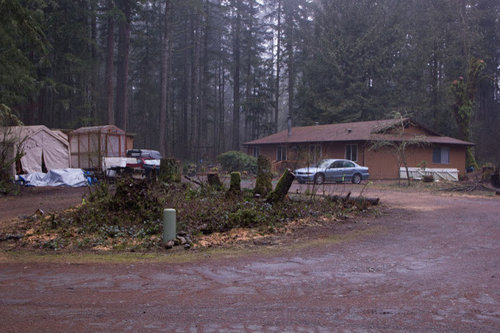


greenmann
Embothrium
Related Professionals
Ashburn Landscape Architects & Landscape Designers · Severn Landscape Architects & Landscape Designers · Maple Heights Landscape Architects & Landscape Designers · Woburn Landscape Contractors · Lakewood Landscape Contractors · North Chicago Landscape Contractors · North Lauderdale Landscape Contractors · Quincy Landscape Contractors · Woodland Landscape Contractors · York Landscape Contractors · Markham Fence Contractors · Oakland Fence Contractors · Sioux City Fence Contractors · Tucson Fence Contractors · Cayce Fence Contractorsgardengal48 (PNW Z8/9)
Embothrium
oliveoyl3Original Author
gardengal48 (PNW Z8/9)
oliveoyl3Original Author
Embothrium
mikebotann
oliveoyl3Original Author